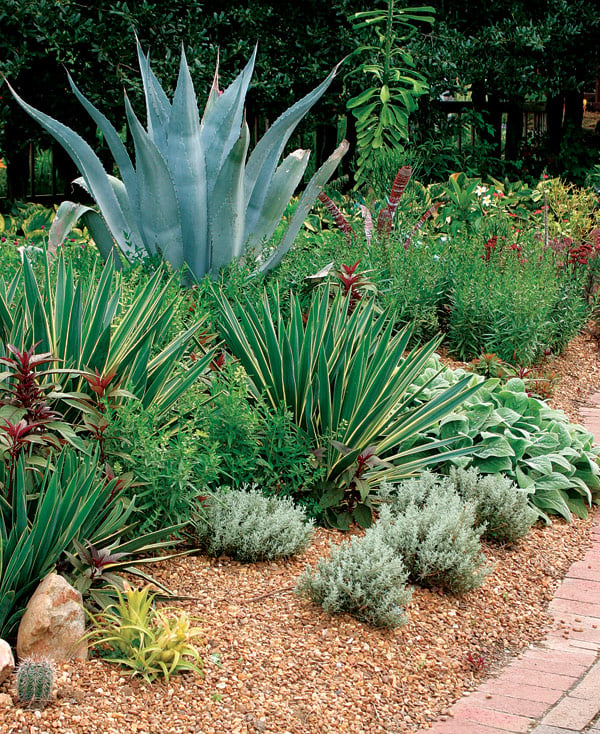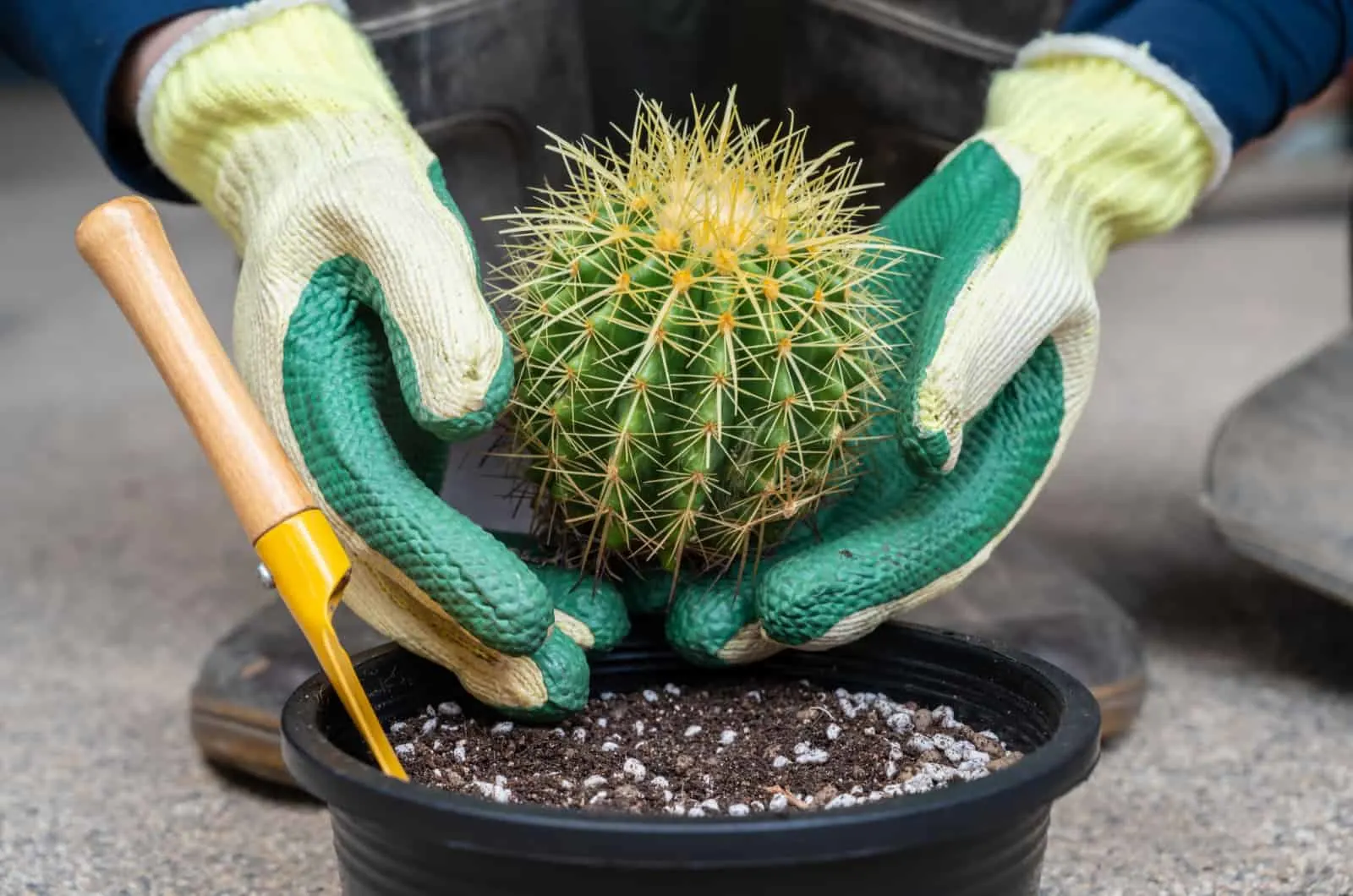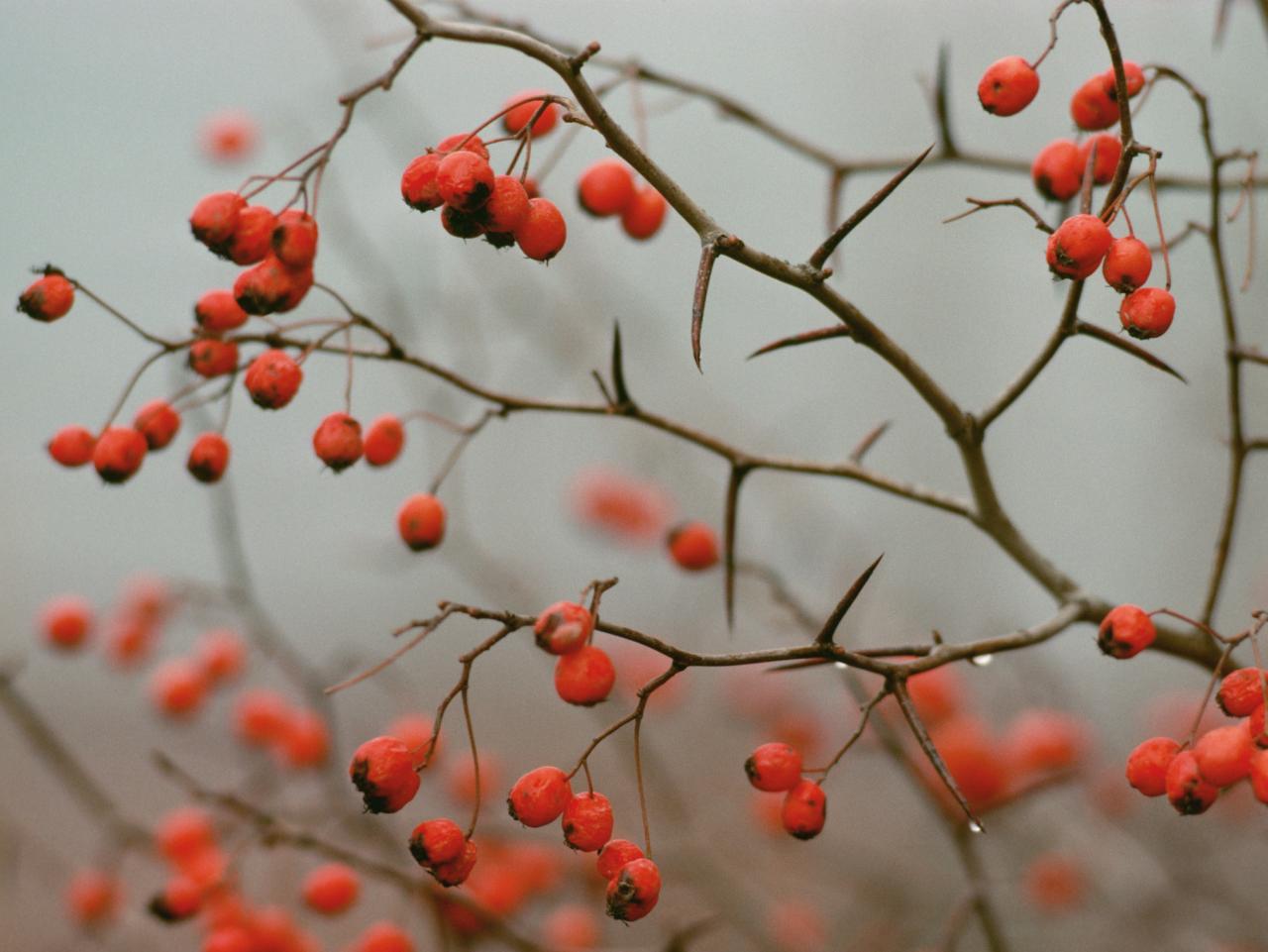Table of Contents
In the gardening world, planting spiky plants can be both captivating and challenging. While their striking appearance contributes to the beauty of our gardens, they often get entangled in tight spots due to their thorns. The continuous tangling may harm the plant and ruin its shape permanently.
Caring for these prickly plants is a common challenge for all gardening and plant enthusiasts. But fear not! Our comprehensive guide is here to share exclusive tips on how to free your thorny plants with care.
These expert tips will simplify the process of growing and maintaining the prickly beauties in your garden. Read till the end to rescue your plants from the thorny puzzle and make them thrive in their natural glory!
Why Do Thorny Plants Get Stuck?

To find a solution, you need to understand the problem first. One must know the factors creating that problem before trying to solve it. However, there is not just one reason that causes your plants to get stuck.
There are a variety of reasons that contribute to the entanglement of thorny plants. Most of the time, the plant’s self-defense mechanism causes it to get stuck with neighboring foliage. Other factors like wind and rain may also push these prickly plants into tough spots. Let us understand these factors in detail below:
1. Self-Defense Mechanism
Plants have spikes and thorns as a defense mechanism against herbivores. These sharp thorns deter animals from feeding on them, but they can also inadvertently trap the plant themselves if they somehow catch on these defensive features.
2. Wind and Weather
Strong winds, heavy rains, or other weather conditions can cause branches and stems of thorny plants to bend, twist, or lean into nearby plants and objects.
3. Space
Many thorny plants are only suitable for open and large spaces. In densely planted gardens or natural habitats, where the plants share proximity, their branches and thorns may entangle with each other.
4. Growth Patterns
Some thorny plants exhibit sprawling or climbing growth patterns, which can increase the chances of getting stuck with other objects, depending upon the surroundings.
5. Lack of Care
Lack of pruning and maintenance may lead to irregular plant growth, resulting in entanglement.
How to Unstuck the Prickly Plants?

Unstucking the thorny plants from various surfaces and situations can be a delicate task to avoid injury or damage to the plant. Here are some tips to safely unstuck the spiky plants with ease:
1. Self-Protection
Before detangling the thorns and spikes, wear protective gear to prevent any injuries. We recommend wearing a long-sleeved top and gloves to protect yourself from thorns.
2. Analyze the Situation
Before you proceed to detangle the plant, quickly analyze why the plant is stuck and what is the best approach for freeing it. It might be stuck in another plant, fence, or pot. This quick analysis will save you time and extra effort.
3. Gardening Tools
Do not think of detangling a prickly plant with your bare hands. It might result in severe injuries or damage to the plant. You should use pruning scissors, gardening gloves, tongs, or tweezers for the task.
4. Avoid Pulling the Plant
You must handle the process of freeing the entangled plant slowly and carefully. Do not pull the plant forcefully, as it can cause permanent breakage.
5. Support the Plant
If the plant is top-heavy or falling over while entangled, provide it with adequate support while detangling. Lack of support may ruin the shape of the plant permanently.
6. Aftercare
Once you have successfully unstuck the plant, give it some extra care and attention. Water it, if needed, provide strong support if it’s leaning to a side, and monitor its condition for the next few days.
7. Prevent Future Issues
To prevent similar situations in the future, regularly inspect and look after your plants. You may re-pot it into a larger or more suitable pot and prune occasionally.
Care Tips for Thorny Plants

Thorny plants require special care and attention to thrive and add beauty to your garden. Lack of proper care can make them a problem for you and your garden. Here are some essential care tips for your plants with spikes:
- It is essential to regularly prune the plant to remove the dead branches and promote healthy growth. It will also prevent your thorny plant from getting stuck.
- While planting thorny species, remember to leave them adequate space for spreading out. You should also consider the area and space of your garden to avoid overcrowding.
- Each plant has a different water requirement level, and you must cater to that for the best results. Overwatering or under-watering the plant may lead it to rot and die.
- You should inspect the health of your plants regularly. Most plants with spikes are resilient, but pest infestations may hamper their health and growth.
Conclusion
In the realm of horticulture, where beauty often comes with a touch of thorn, mastering the art of detangling thorny plants is essential. Plants with spikes are a great addition to your garden for both aesthetic and safety purposes. However, handling these sharp beauties is not an easy task.
It is crucial to analyze the problems of prickly plants carefully and use the right tools to tackle them. Also, remember to be gentle with the plant while attempting to detangle it.
Each untangled thorn will stand strong as your commitment and love towards Mother Nature. Start planting these thorny plants now to increase the beauty of your garden!





